Dis Connection
ARTISTS ON DISPLACEMENT
Curated by Elana Kundell
April 1 – May 27, 2023
DIS CONNECTION explores the creative dialog among contemporary artists on the topic of forced displacement. The exhibit includes an inspiring array of artistic materials and practices, large-scale works and never-before-seen installations.
Through porcelain and paint, dried plants and plastic, punctured paper, interactive installations and performance art, these eight women artists employ materiality, abstraction and symbolism to excavate and explore the multi-generational trauma of being torn from home and community.
Themes of vulnerability, identity, “otherness”, relationship to earth and the body, climate change and political/cultural repression weave through the exhibition. Together, the works find poetic language for loss while revealing images of our common humanity. The exhibition will invite viewers to consider the question, “When a sense of place and home is lost, along with the identity built around it, how do people construct a new place and sense of meaning?”
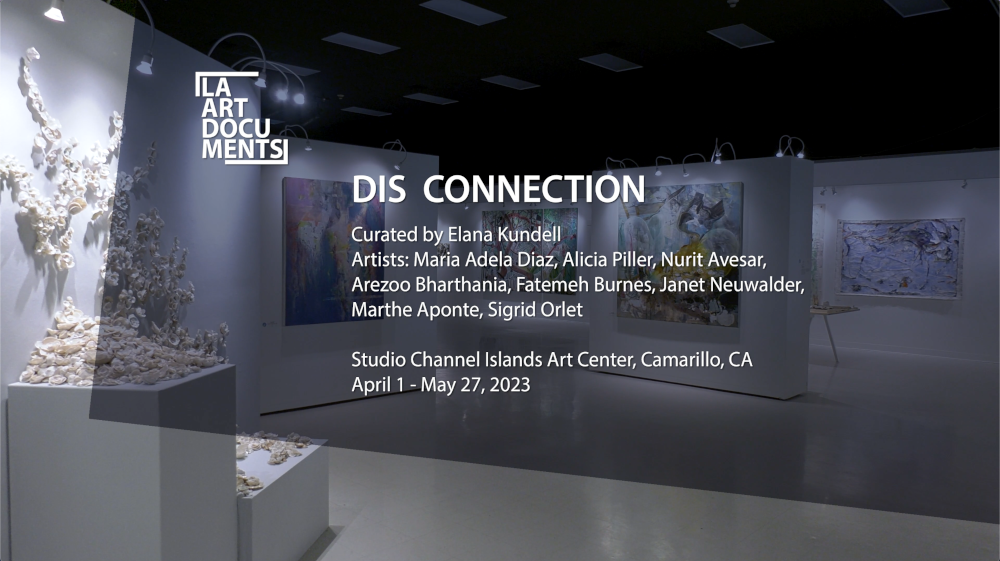
DIS CONNECTION Exhibition Video by L.A. Art Documents
“Dis Connection”…features eight artists who grapple with geographic displacements and historical disruptions. Artists Marthe Aponte, Nurit Avesar, Arezoo Bharthania, Fatemeh Burnes, Maria Adela Diaz, Janet Neuwalder, Sigrid Orlet and Alicia Piller have created work based on their personal and social roots from France, Germany, Guatemala, Iran, Israel, and Japan, as well as the American Midwest. These artists paint, sculpt, and perform. They use paper, canvas, clay, and collage, but their predominant way of working is with mixed media. Mixture is particularly important here, since the combination of diverse materials functions as a metaphor for the (often forced) merger of geographic and historical cultural traditions embodied in the artists themselves. The deployment of mixed media allows the artists to regard the complex layers of sometimes conflicting perceptions about refugees and immigration. In the exhibition catalogue, Los Angeles critic Peter Frank writes, “Art–the invention of alternate perception(s)–may be the only comprehensive way of regarding, even addressing, today’s migration and its agonies.”
Extract from “Displacement, Disconnection & Disruption: Alternate Perceptions of the Diasporic Experiences” by Betty Ann Brown published in Art and Cake: A Contemporary Art Magazine with a Focus on the Los Angeles Art Scene
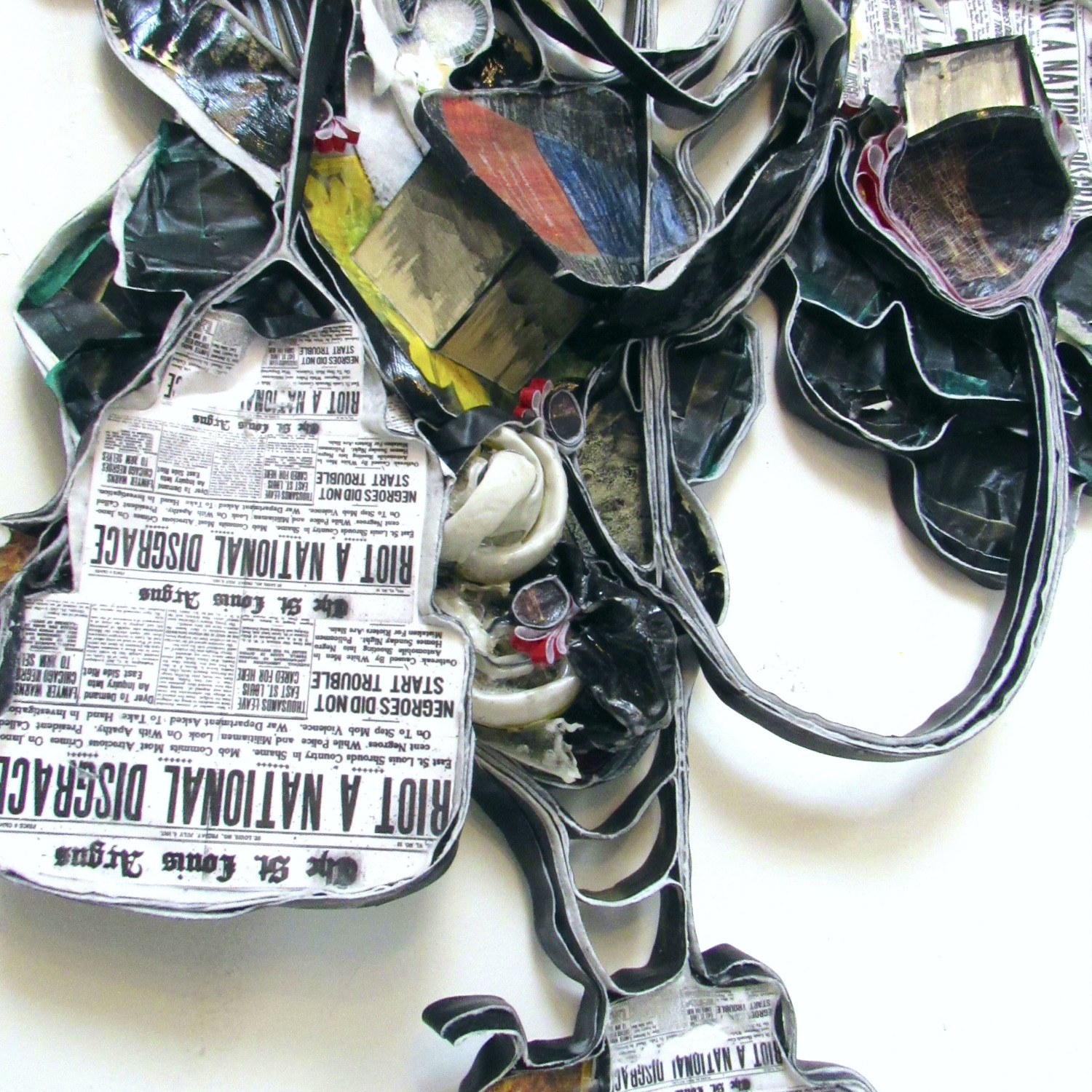
DIS CONNECTION Catalog
8.25″ x 8.25″ Perfect bound book. 46 full-color pages.
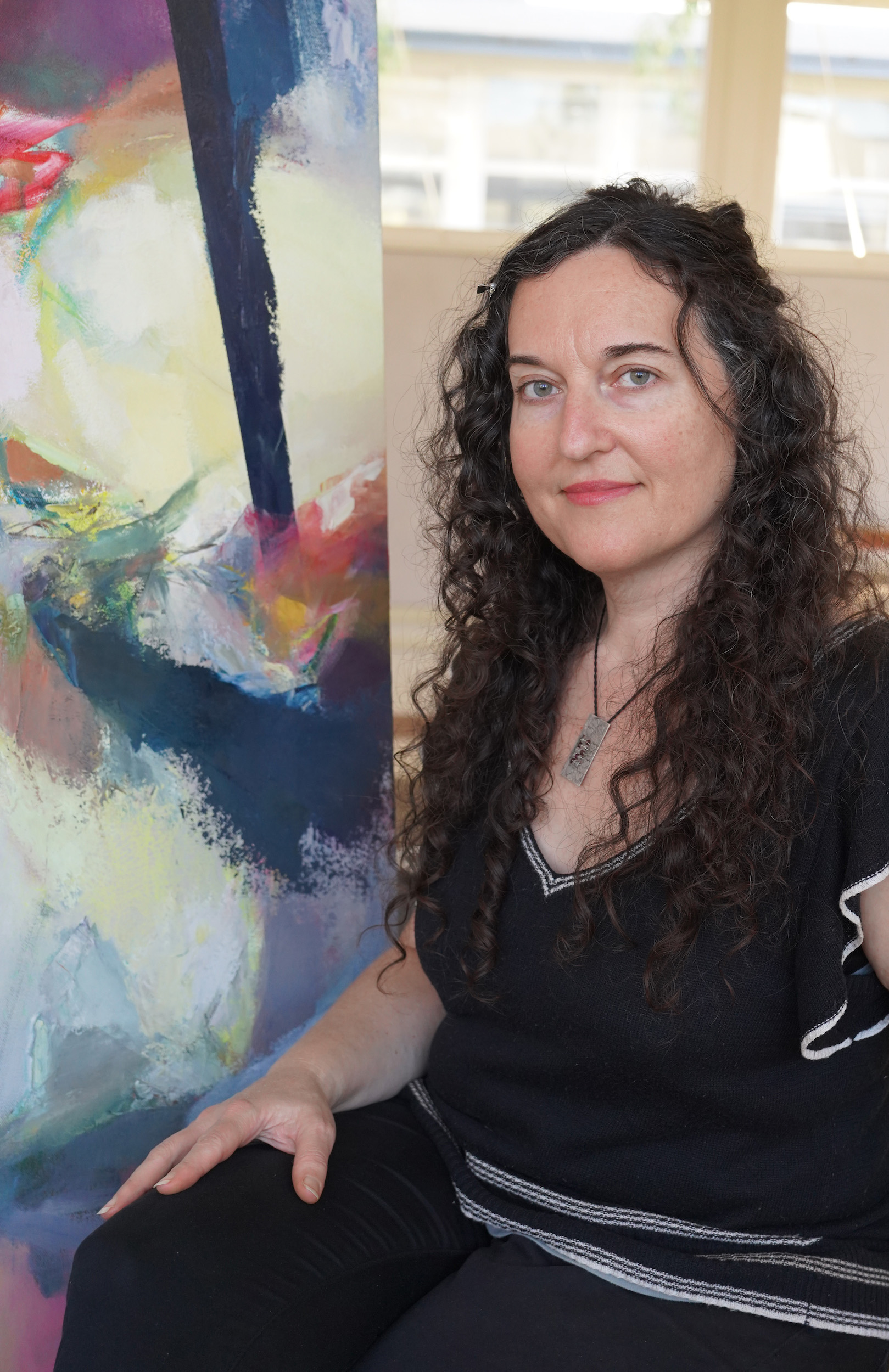
Curator Elana Kundell is a longtime Artist-In-Residence at Studio Channel Islands whose oil and mixed media paintings explore our connection with nature, the body and each other through the evocative language of color. Her experiences as the granddaughter of a Holocaust survivor led her to curate this exhibition focused on the theme of displacement.
Kundell’s artwork has been exhibited at the Carnegie Art Museum in Oxnard, the San Francisco Museum of Modern Art (SFMOMA) Artists Gallery, the Museum of Contemporary Art (MOCA) in Los Angeles, CA for the Fresh! Art Auction, the Sundance Film Festival in Park City, Utah, and in galleries in the United States and in Korea. She has received grants including a residency at the Vermont Studio Center and three Ventura Music Festival commissions. Her artwork resides in numerous private collections in the United States and abroad.
Kundell studied art at the University of California at Santa Cruz and Painting and Sculpture at the Accademia di Belle Arti in Bologna, Italy. Her past curatorial projects for Studio Channel Islands include CA Printmaking Now, co-curated with Jennifer Printz in 2008, and Assistant Curator for the 10th Anniversary Exhibit in 2007, curated by Gerd Koch.
Exhibiting Artists
(b. Guatemala)
“Migrant bodies are read as foreign bodies that are often rejected and discriminated against. We are the bodies that society wants to make invisible— bodies that occupy a space that by origin does not seem to belong to us. These vulnerable bodies that leave their lands unite on the surface of the sea, carried away by many currents, without rescue.”
Maria Adela Diaz is a multidisciplinary Latinx artist, born in Guatemala. Diaz uses her body as a medium to convey the ramifications of deceptive politics, patriarchy, immigration and discriminatory philosophies. With performance, installations and video, her work addresses issues that deal with the Latin American diaspora.
Diaz has participated in many art exhibitions in venues around the world, including Centre Pompidou, Paris France, Ex-Teresa Arte Actual, México City, Museum of Contemporary Art, San José Costa Rica, and Somerset House, London UK, among others. Her feminist work inhabits the boundaries between visibility and invisibility, exploring the absence of women’s voices from the history of art and from society in general. Struggle is a consistent theme in her work, illustrating the intercultural battles that she has faced as an immigrant.
(b. USA)
“The construction of each work becomes a biological unfolding of time that examines the energy around wounds left by historical traumas.”
Los Angeles based artist, Alicia Piller was born and raised in Chicago and received her Bachelors in both Fine Arts (Painting) & Anthropology from Rutgers University in 2004. While working in the fashion industry; living a decade in NYC and three and a half years in Santa Fe, NM, Piller cultivated her distinctive sculptural voice. Continuing to expand her artistic practice, Alicia completed her MFA focused on sculpture and installation from CalArts in May of 2019.
As a method to locate the root of human histories, Alicia merges the new and discarded, experimenting with a wide range of materials to construct large scale works that mimic forms of cellular biology. Piller envisions historical traumas, both political and environmental, through the lens of a microscope. Piller’s mixed media practice is as much about materiality as it is about content. Attempting to reconcile questions about the current state of our times; she works on a macro/micro level, breathing life into materials that have been removed from their ‘natural’ environment.
Piller’s work is a part of the Hammer Permanent Collection, Glendale College Collection, Forrest Kirk Collection, and the Pam Royalle Collection. Her site-specific solo museum exhibition Within is currently on display at Craft Contemporary in Los Angeles.
Piller is represented by Track 16 in Los Angeles.
(b. Israel)
“History is not linear; it is interwoven with present and future. I have always been fascinated by the effect of history on the present, and the way current events and decisions determine the future.”
Nurit Avesar is a mixed media painter whose process-based images are created through the destruction and blending of multiple layers of paper, paint, rope, rust, window screen and other materials. Informed by experiences of war and growing up in a community of Holocaust survivors on a kibbutz in Israel, her work explores the personal impacts of historical events. Avesar’s most recent paintings are focused on the current and impending consequences of climate change.
Avesar’s recent solo exhibitions include Beyond Baroque, Los Angeles, CA (2019), Monica Film Center, Santa Monica, CA (2018) and Neutra Institute Museum, Silver Lake, CA (2016). Group exhibitions include Keystone Gallery, Los Angeles, CA (2017); Carnegie Museum in Oxnard, CA (2016); CSU Dominguez Hills California State University Dominguez Hills (2016) and Brand Library Art Gallery, Glendale, CA (2015).
In 2017, Avesar curated the exhibition “First Response” at Keystone Gallery in Los Angeles. She was the 2010 recipient of the Cal State University Dean Art Purchase Award. Avesar is a member of the Kipaipai Fellows directed by Andi Campognone, director of the Lancaster Museum of Art and History. She was the National Women’s Caucus for the Arts (NWCA) July Featured Artist, and in her work was featured in Artillery Magazine, November-December 2022. She is represented by Janssen Artspace in Palm Springs, CA.
(b. Iran)
“I am preoccupied with the nature around us and within us, the history that we make and have made–a history defined not by time but by energy. I look at modern events and tragedies, both ecological and social, and how those events manifest in contemporary life.”
Fatemeh Burnes is an artist, educator, curator, and activist based in Los Angeles. She obtained formal and informal artistic training, received a BFA and MFA, and did additional graduate studies in art history and exhibition design. Since 1992 she has exhibited her own work nationally and internationally, curated over 100 exhibitions, and authored numerous publications.
Fatemeh’s painting and photography focus on nature and human nature by looking at modern events and tragedies, both ecological and social, and how those events manifest in contemporary life. Some of her most current work highlights environmental and identity issues, specifically in the context of her experiences as an immigrant and as a woman.
(b. Iran)
“I make mixed-media work to communicate, mutate, and abstract layers of memory along with elements of the home with the knowledge that both are inextricable from political and social contexts.”
Arezoo Bharthania is an Iranian-American multi-disciplinary artist based in Los Angeles, CA. Her works reflects the experience of creating a home while existing in a state of in-between. It is a narrative formed through layers and gestures that blends her childhood and early adulthood in Iran with her current life in Los Angeles. The space she occupies is navigated through the bodily experience of womanhood and a balance of dichotomies: public and private, psychological and physical environments, here and there.
The homes that she has inhabited across geographies represent a multilayered construction of identity influenced by interdependent forces that define roles, govern behaviors, and order power relationships. The Iranian identity she carries in the United States relies heavily on her history as an immigrant. Utilizing her personal history as a filter, her work honors the common experiences and materials of everyday life from which people build a home. This includes personal human experiences of love, work, observation, memory, emotion, sensation, nostalgia and desire; and the universal struggle to pull forth vivid memories that have been reduced to flashing glimpses as time creates distance between past experience and current life.
(b. USA)
“What survives is evidence of its strength—what is possible, enduring and important— despite its fragility, transformation and erasure with time.”
For this exhibition, Janet Neuwalder is creating a poignant, memorial-like installation comprised of several new works, reflecting on her rich family history that includes the internment of her mother in the Japanese-American internment camp in Topaz, Utah and her father’s history of Holocaust displacement and the family’s survival.
Neuwalder received her BFA from the Kansas City Art Institute in Kansas City, Missouri and a Master of Fine Art from Cranbrook Academy of Art in Bloomfield Hills, Michigan. She is a Ford Foundation recipient and was awarded a Kentucky State Arts Council grant. In 2013, she became a Documented artist of Focus on the Masters in Ventura, CA.
Neuwalder has been exhibiting her work nationally since 1984. She has taught art at numerous universities and colleges throughout the United States. Currently, Neuwalder maintains a studio in Ventura, CA and teaches Art at California Lutheran University in Thousand Oaks, CA.
(b. France)
“Even in the worst situation, even if you are totally disconnected, there is always going to be some possibility of light, some little stars that are trying to come through. Both light and darkness are part of an existential dialectic that is in a constant conversation. They complement each other.”
Marthe Aponte is a self-taught artist living at the edge of the Mojave Desert. She draws inspiration from her life in France, Venezuela, and California, including stories of her family’s survival of Auschwitz and her own experience of displacement. Her work is influenced by African and Australian aboriginal people’s artistic traditions as well as flora and fauna.
Her current practice focuses on “picoté”, an art form defined by delicate patterns and textures produced by piercing tiny holes in paper with a punching tool, a technique likely born in France in the 13th century.
She notes, “I discovered this art form a while ago. It reminded me of my mother’s embroideries, my mother-in-law’s crochet and my aunt’s sewing. I feel I am part of this lineage of women as I work in my studio in complete silence piercing holes with my awl.”
“The physical proximity of punching holes in paper and sewing sequins and beads for countless hours to make complex compositions, raises awareness about the meaning of small gestures that could be considered insignificant but acts as a reminder of our personal connection with time and the sacred.”
(b. Germany)
“When the half-burned root emerged from the fire, I perceived a symbol for all life: strength, resilience, and hope continuously emerging from the center. There are so many stories hidden in this root. I am afraid it would take years to write them all down.”
Sigrid Orlet is a second-generation refugee from Germany. She produces a variety of media including painting, photography, sculpture and installation concerned with unearthing the roots of humanity as an aspect of the coherent whole of existence.
Art critic Shana Nys Dambrot has written of her work,
“Sigrid Orlet’s background in the field of Creativity Studies had her ‘investigating the complex nature of symbol formation in deep scientific inquiry. . . .’ And her moving and innovative mixed media paintings and sculptural installations give literal and allegorical form to this conceptual foundation.
“Using hefty, dimensional materials like burlap, and dried plant roots, and favoring a richly, fertile palette of earth and autumnal shades along with sensual, distressed, painterly surfaces and salient pieces of text, Orlet both honors and generates the symbolism of a kind of pagan art history.
“Spiritual rather than dogmatic, her work is experiential, multisensory, dimensional, temporal, devotional, and scientific. In pursuit of an aesthetic beyond meaning, it asks ‘what happens when you go to a place of not knowing?’ — demonstrating a willingness to question even one’s own most firmly held beliefs — including about what art can be.”

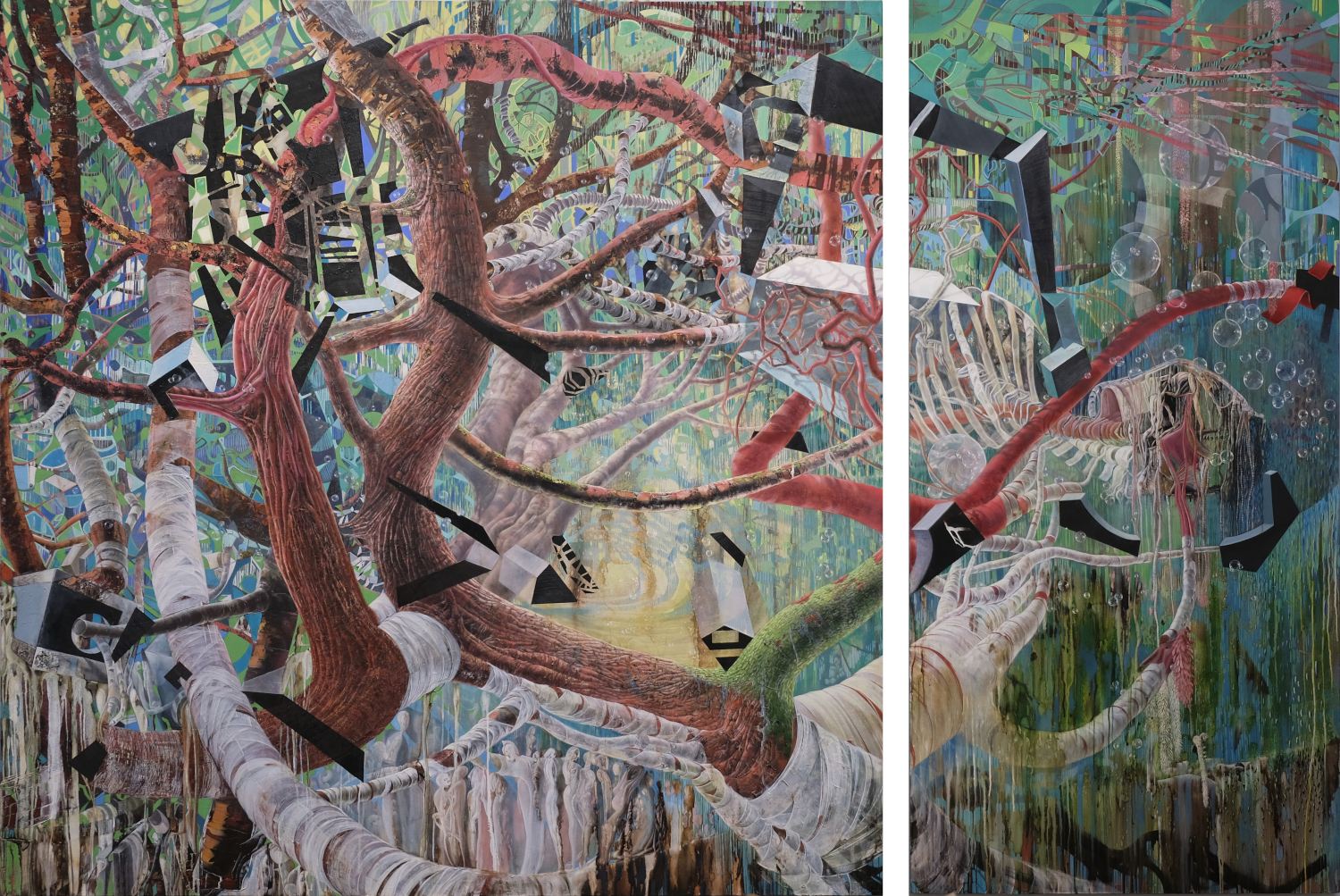
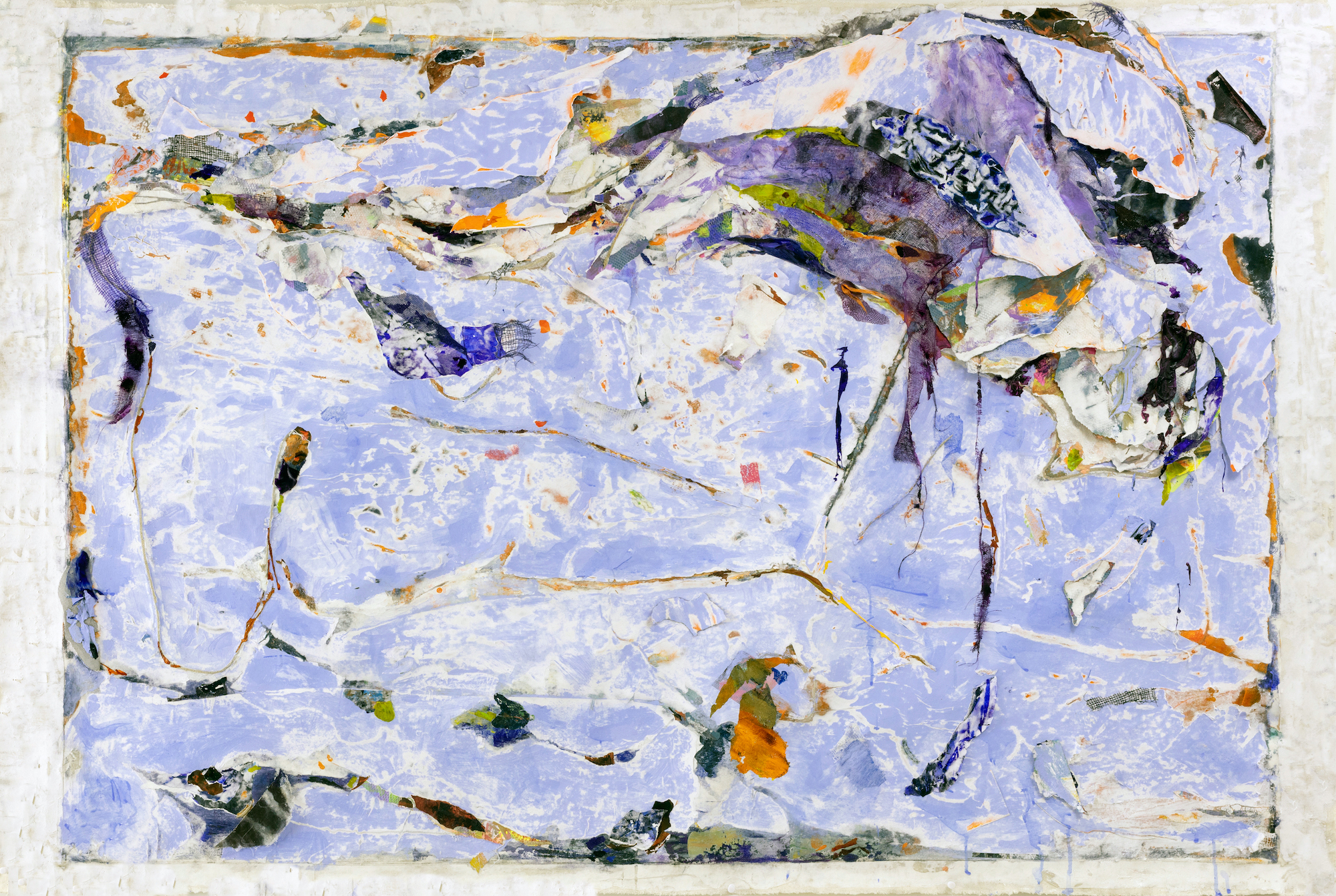
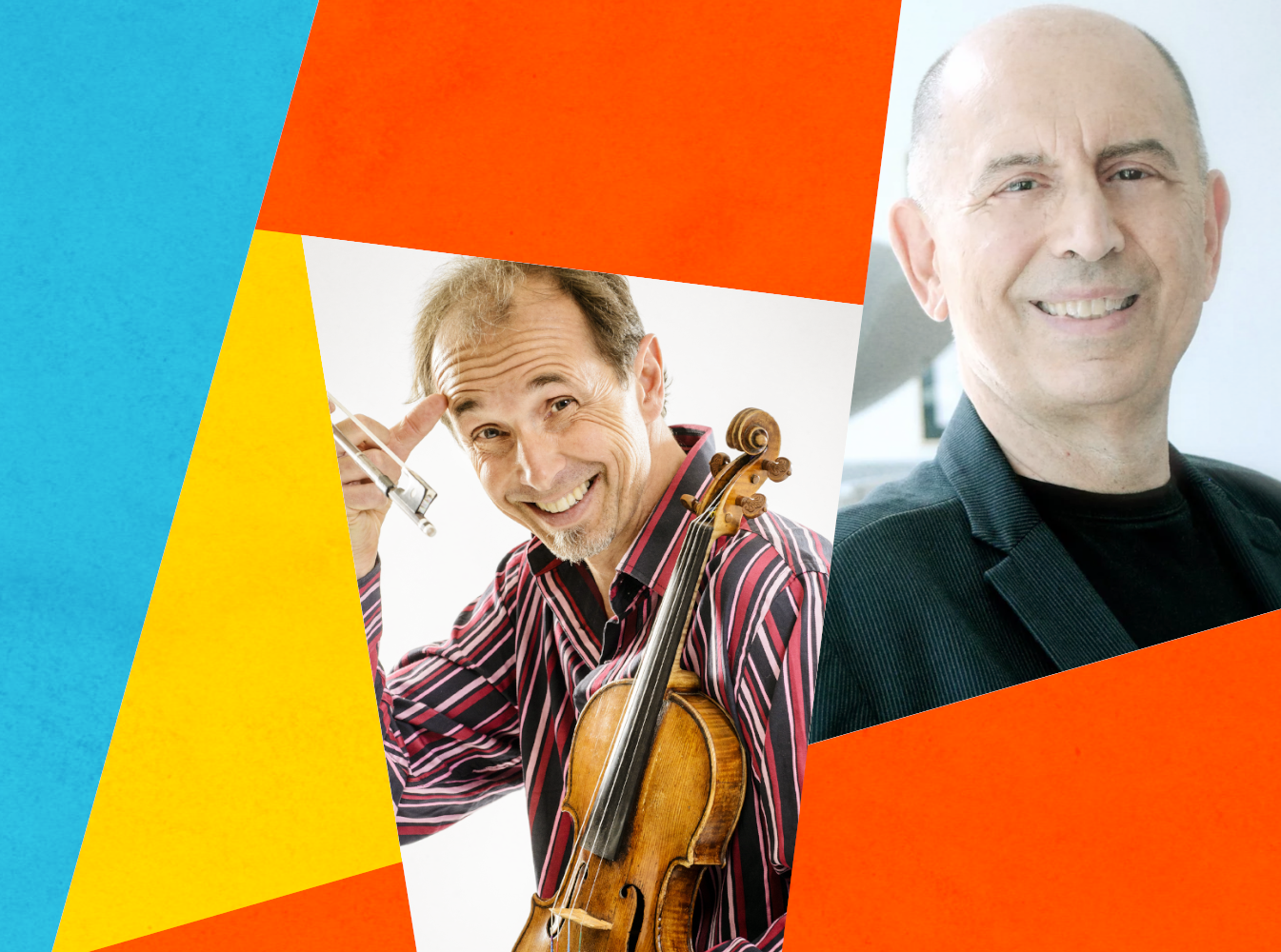
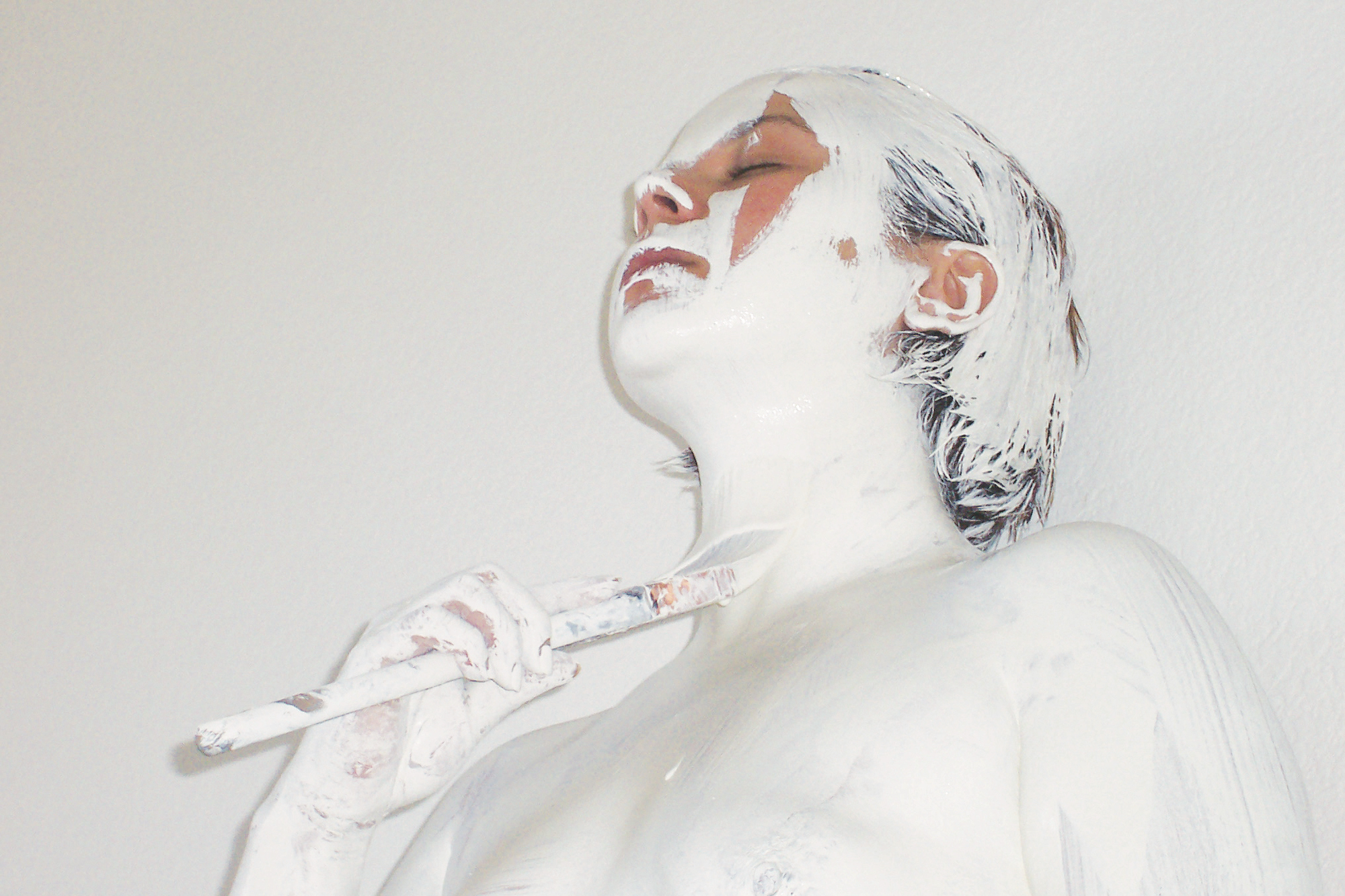
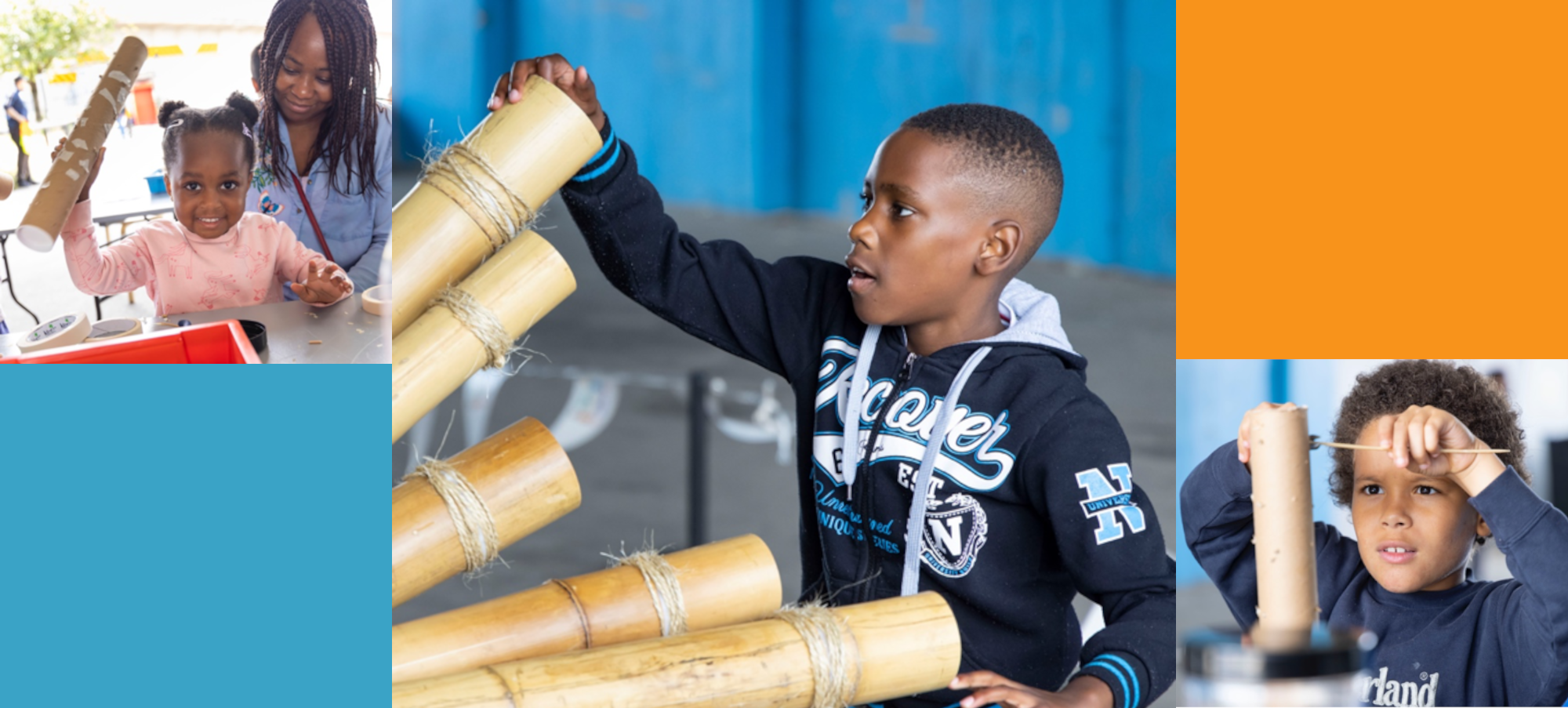
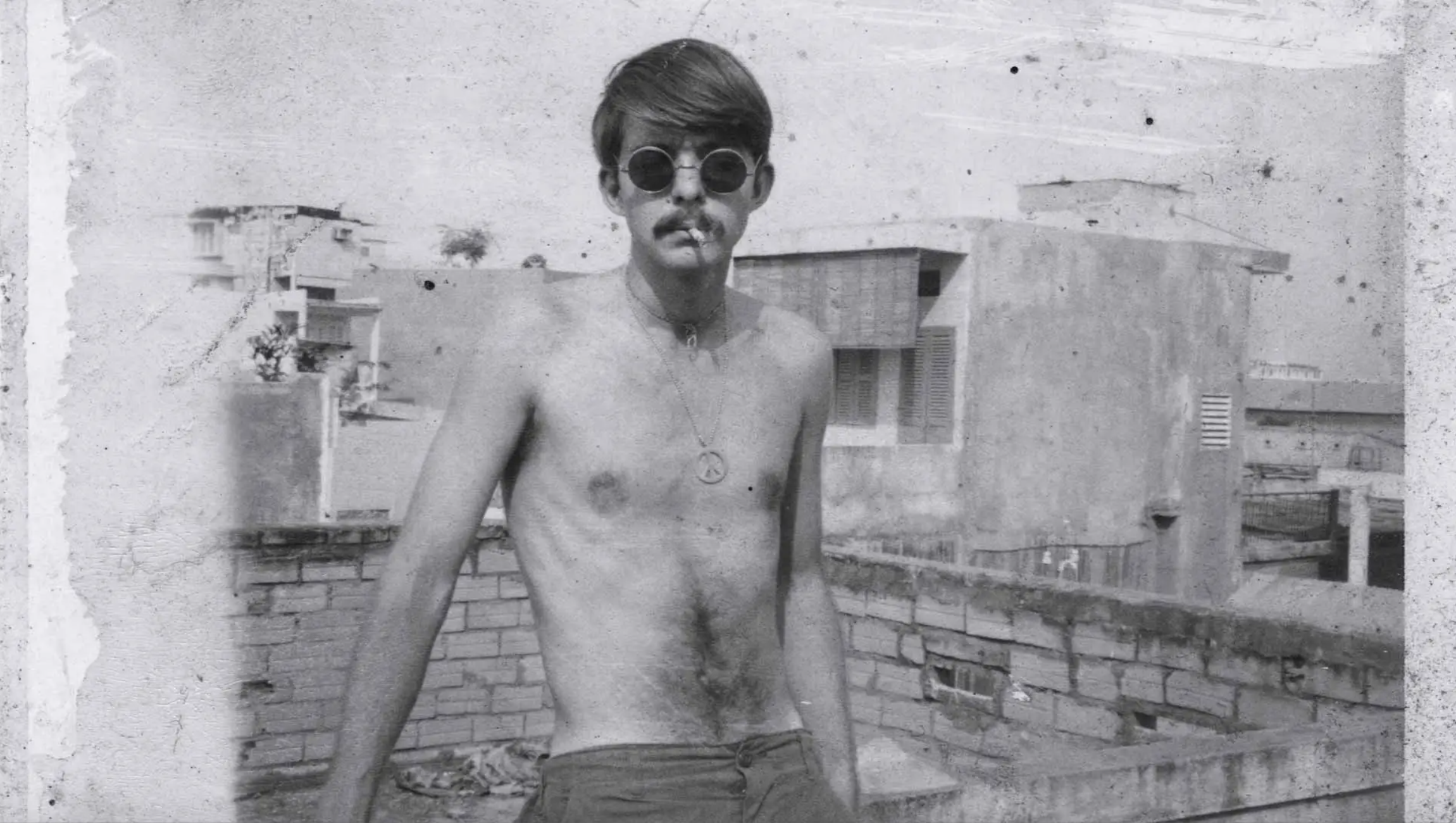
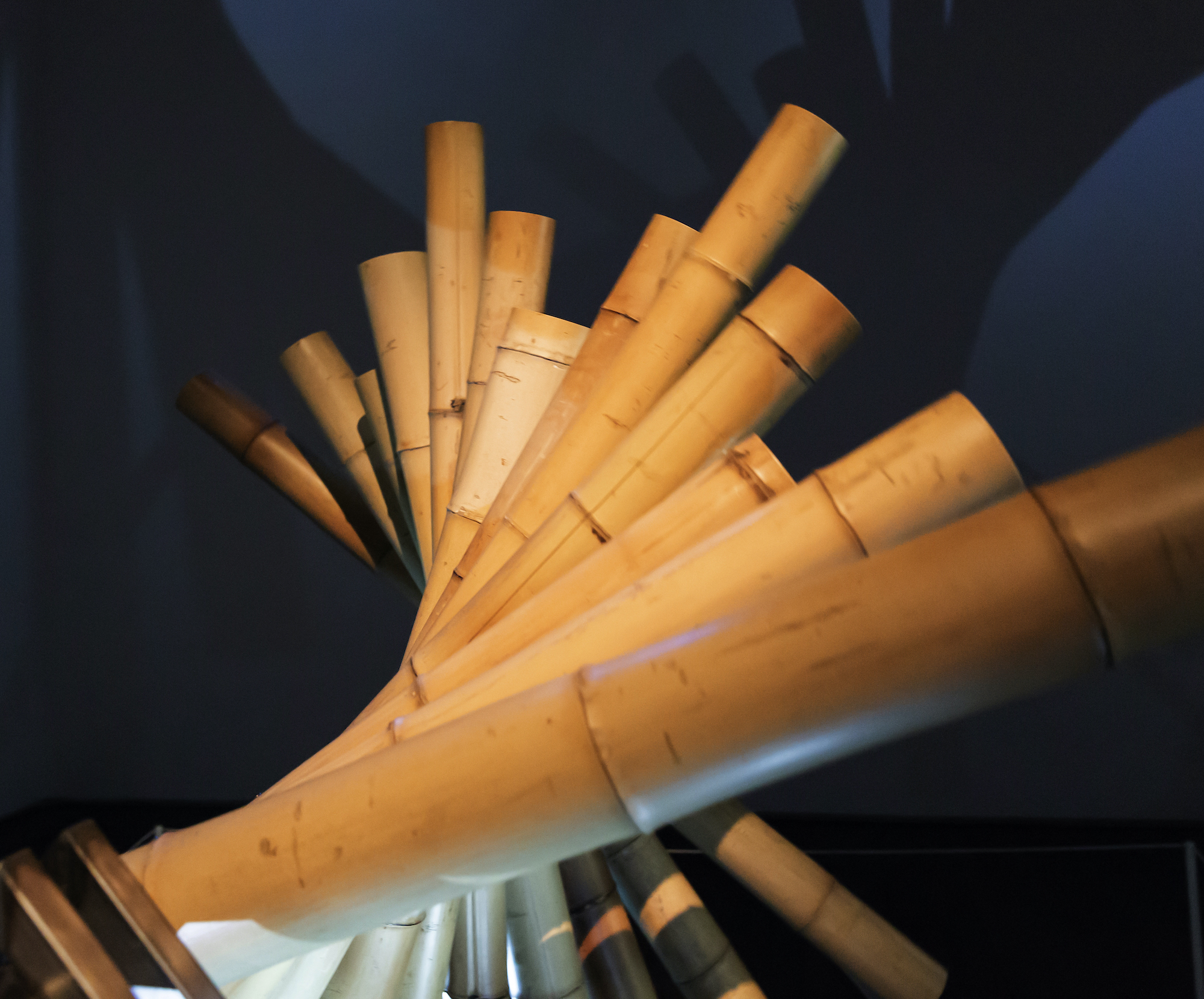 Nostalgia
Nostalgia
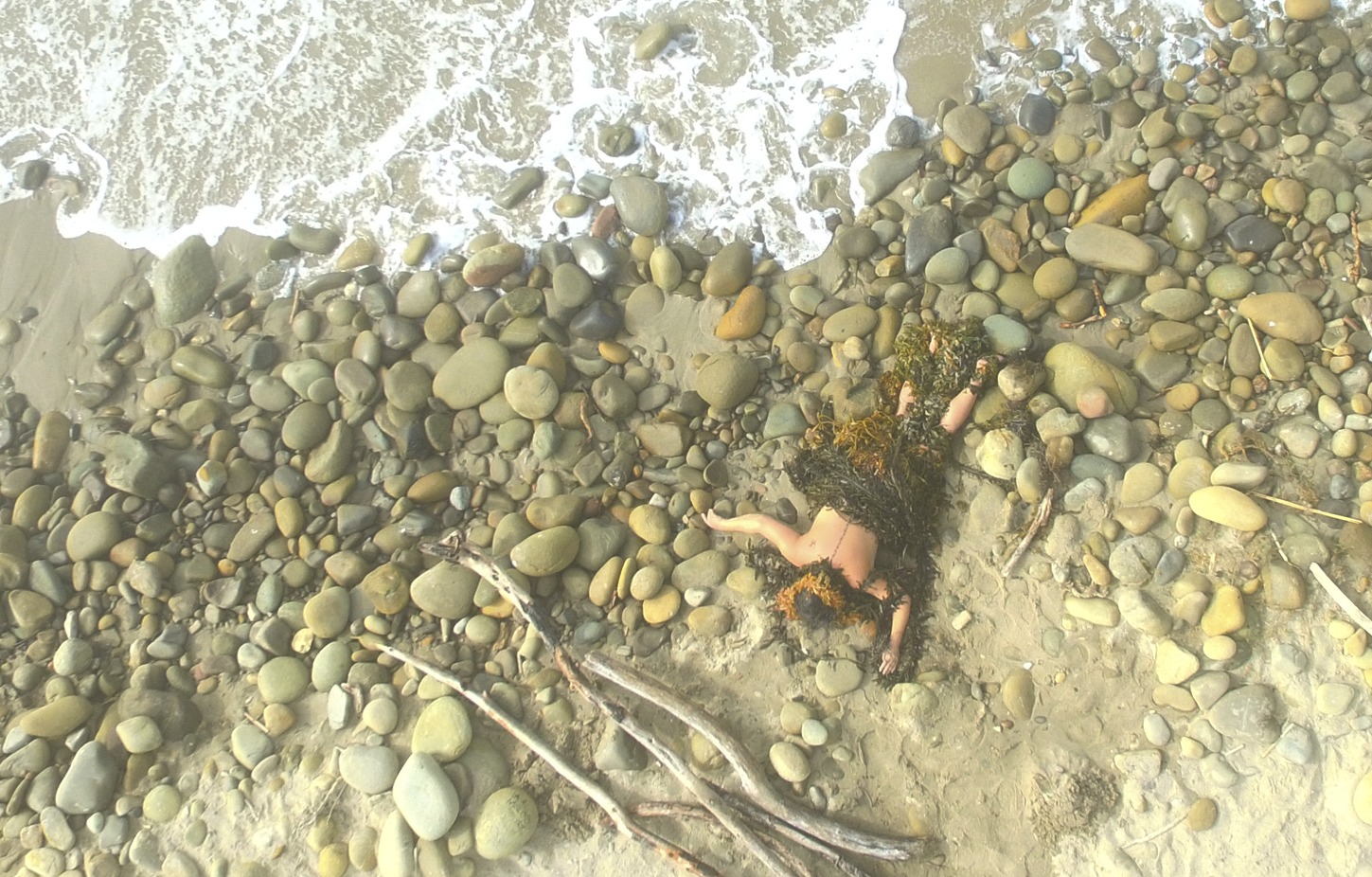 Foreign Bodies
Foreign Bodies
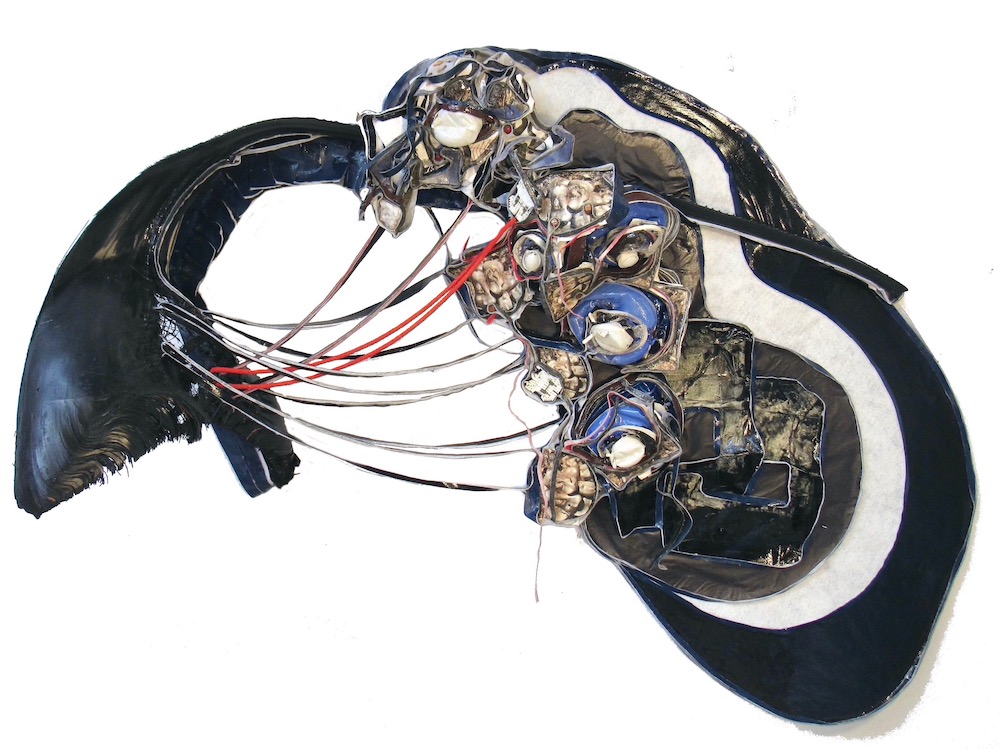 Warming Earth Plagued. Party Systems. Decay.
Warming Earth Plagued. Party Systems. Decay.
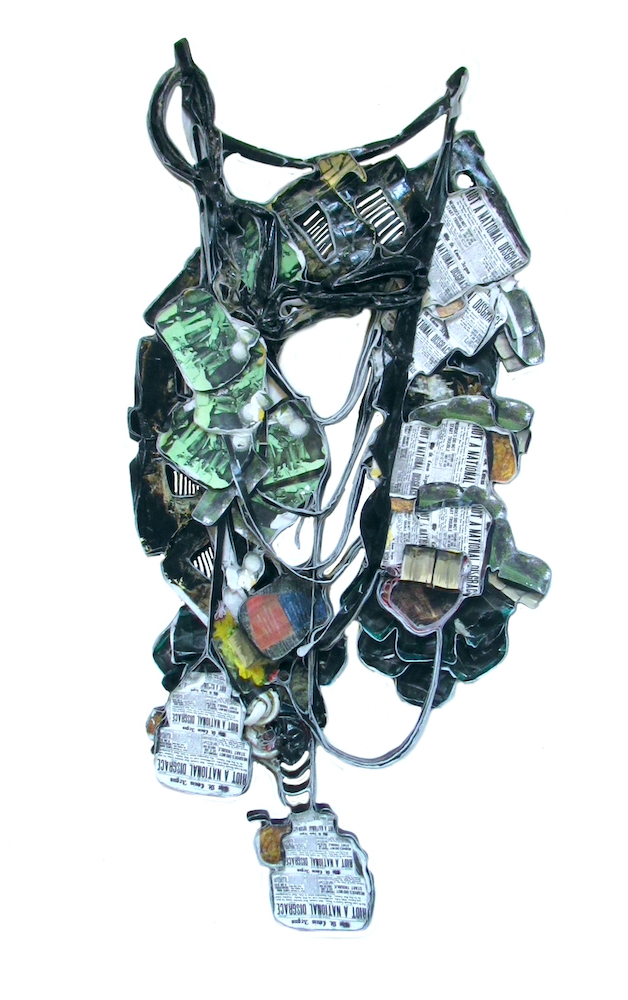 Wrought-iron fences. Cultivating divides.
Wrought-iron fences. Cultivating divides.
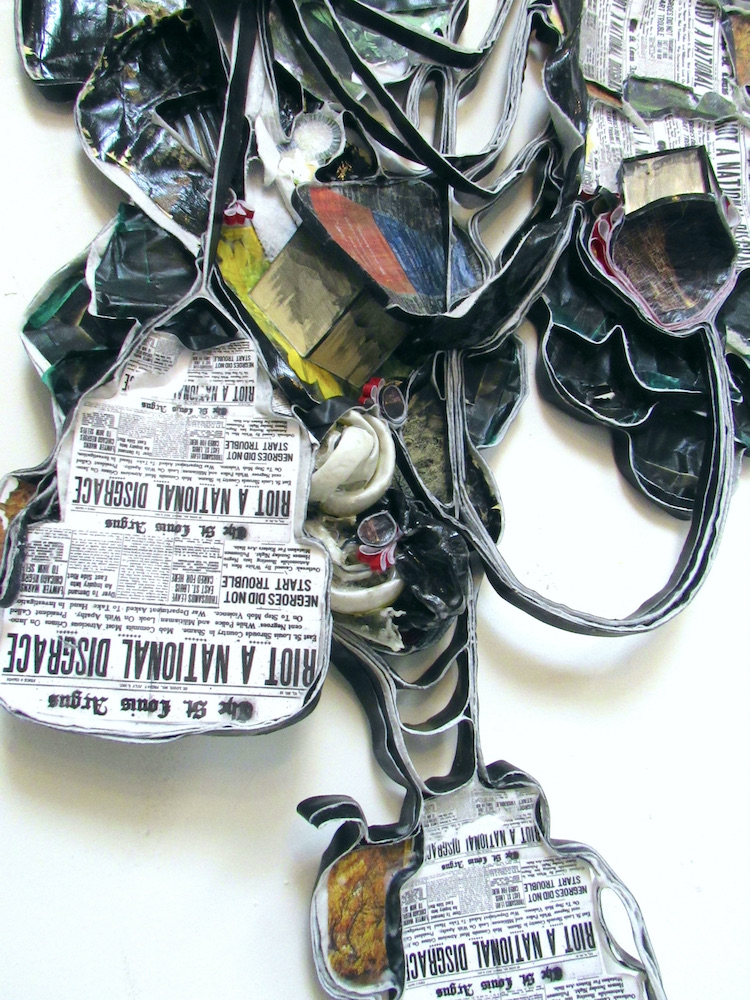 Wrought-iron fences. Cultivating divides. (detail)
Wrought-iron fences. Cultivating divides. (detail)
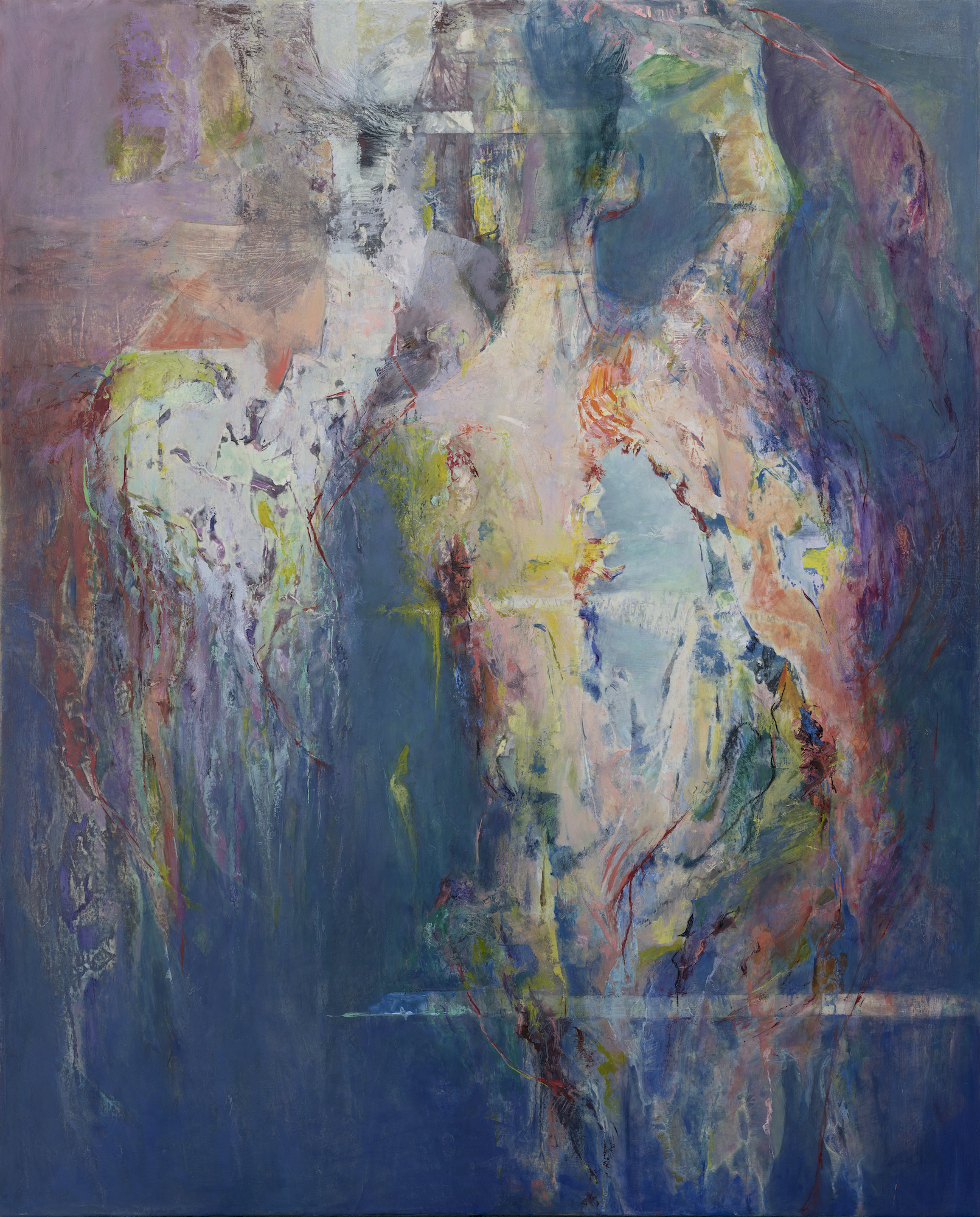 Places We Carry
Places We Carry
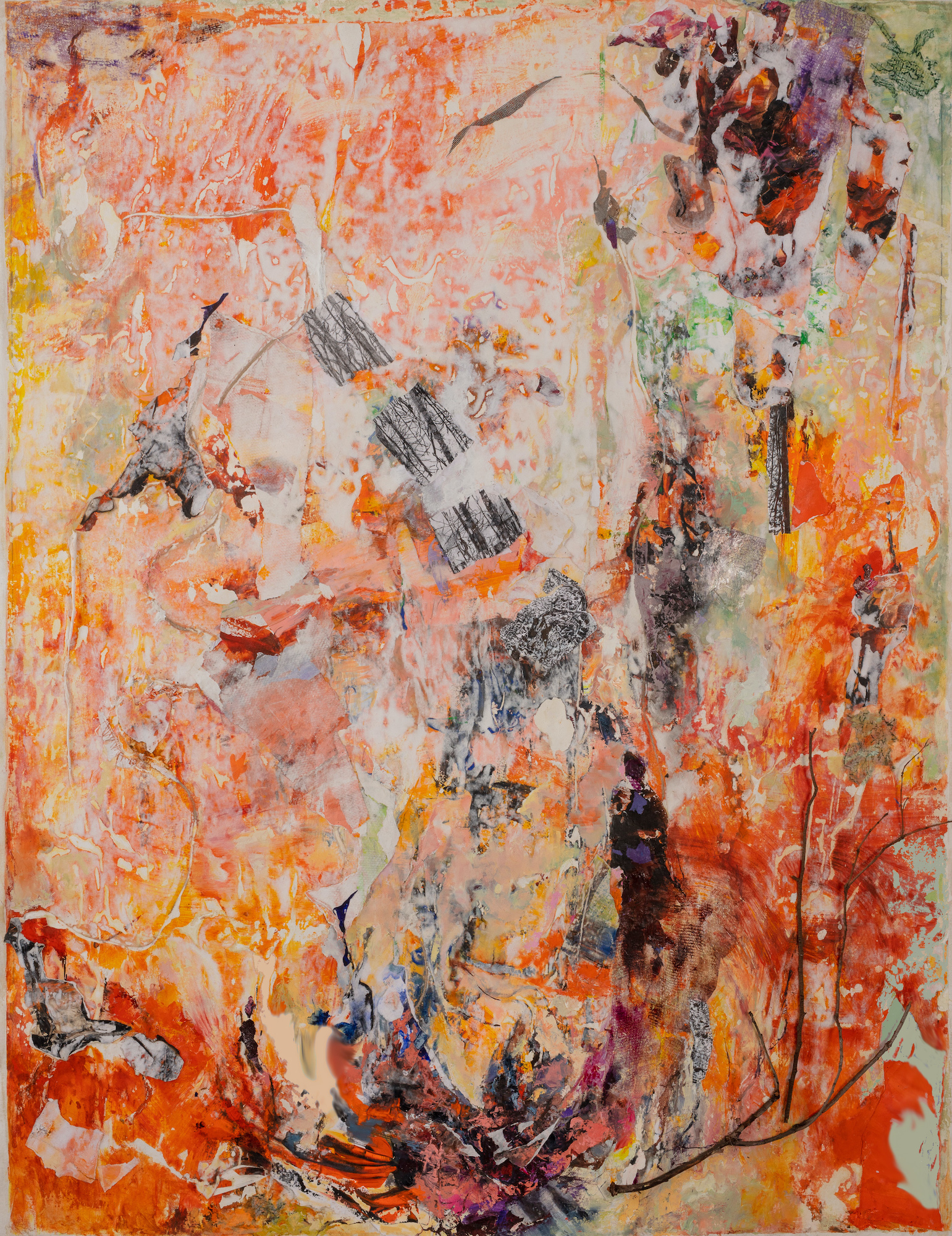 Changing Grounds
Changing Grounds
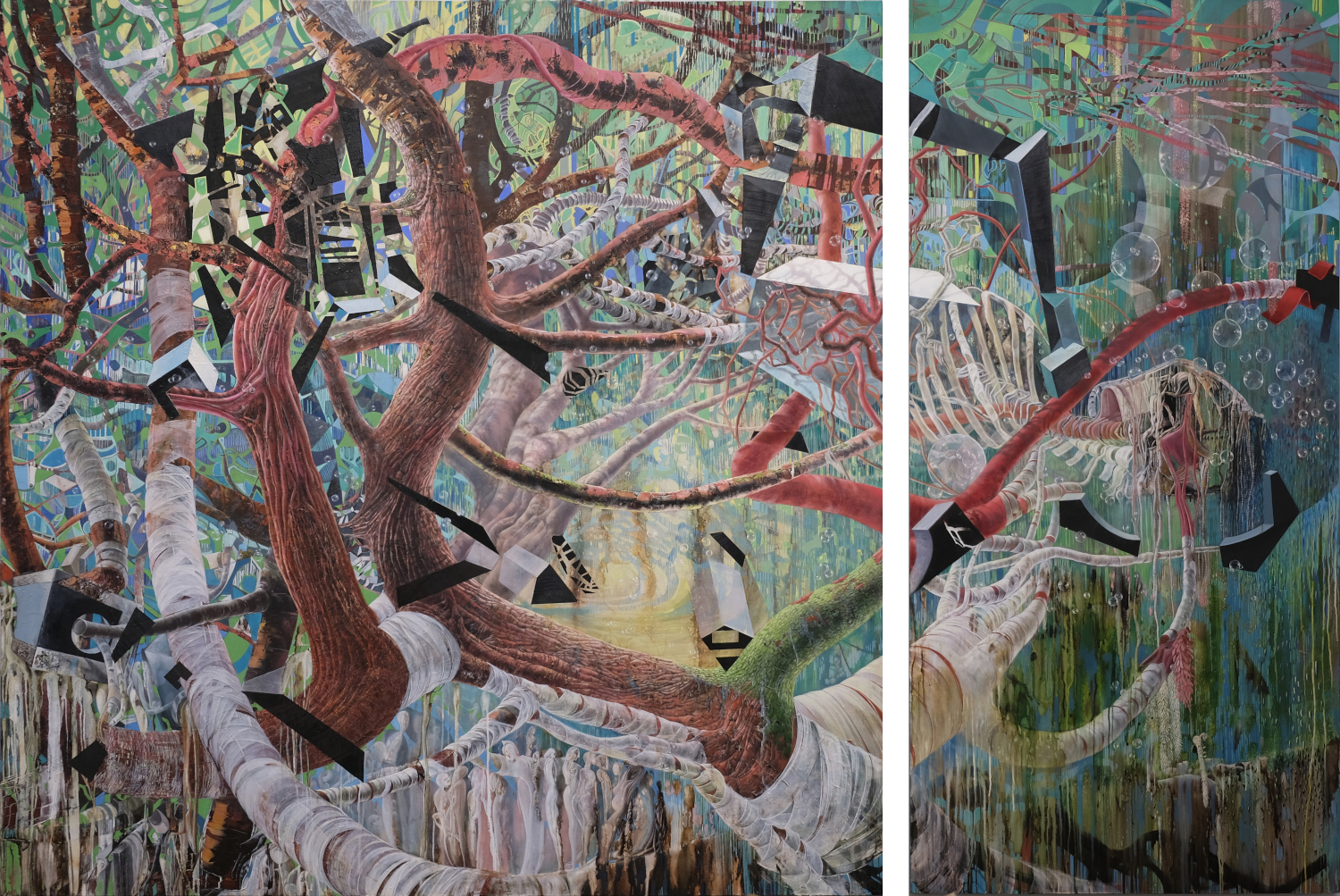 Wonderland
Wonderland
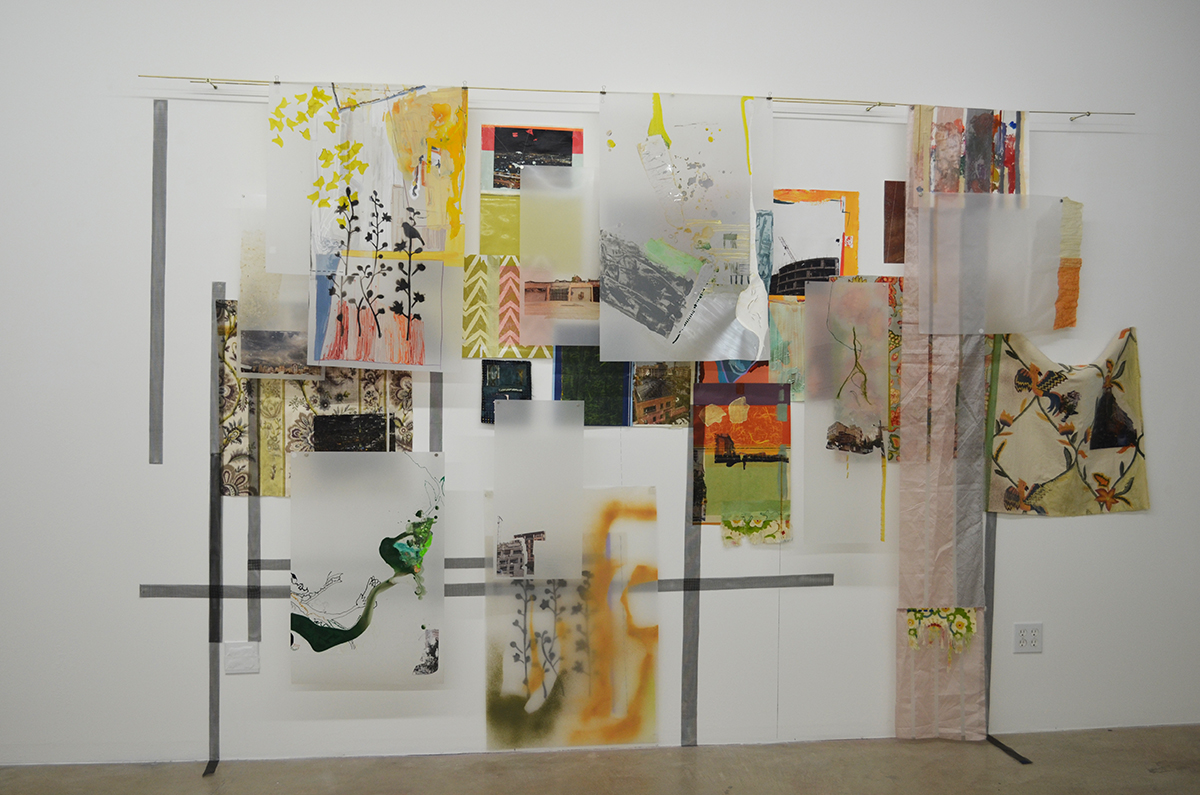 LAX/IKA – IKA/LAX
LAX/IKA – IKA/LAX
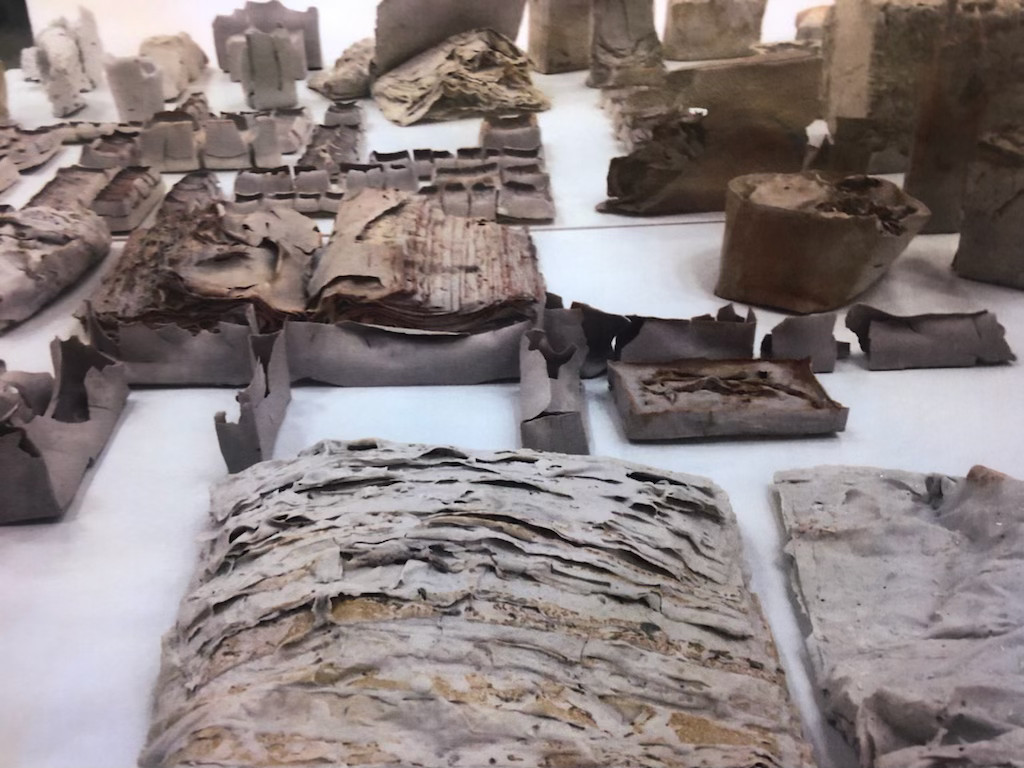
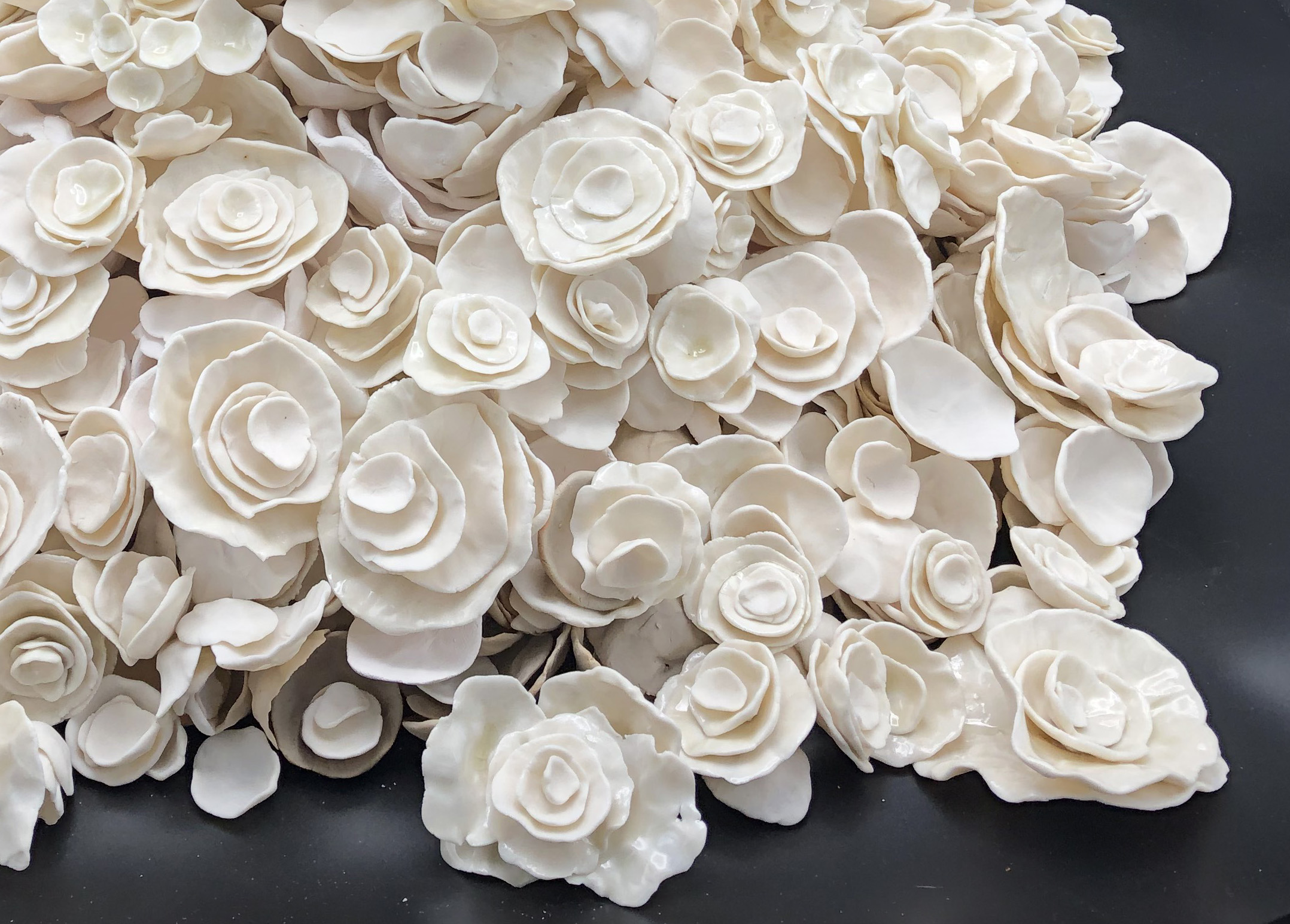 Shikata Ga Nai
Shikata Ga Nai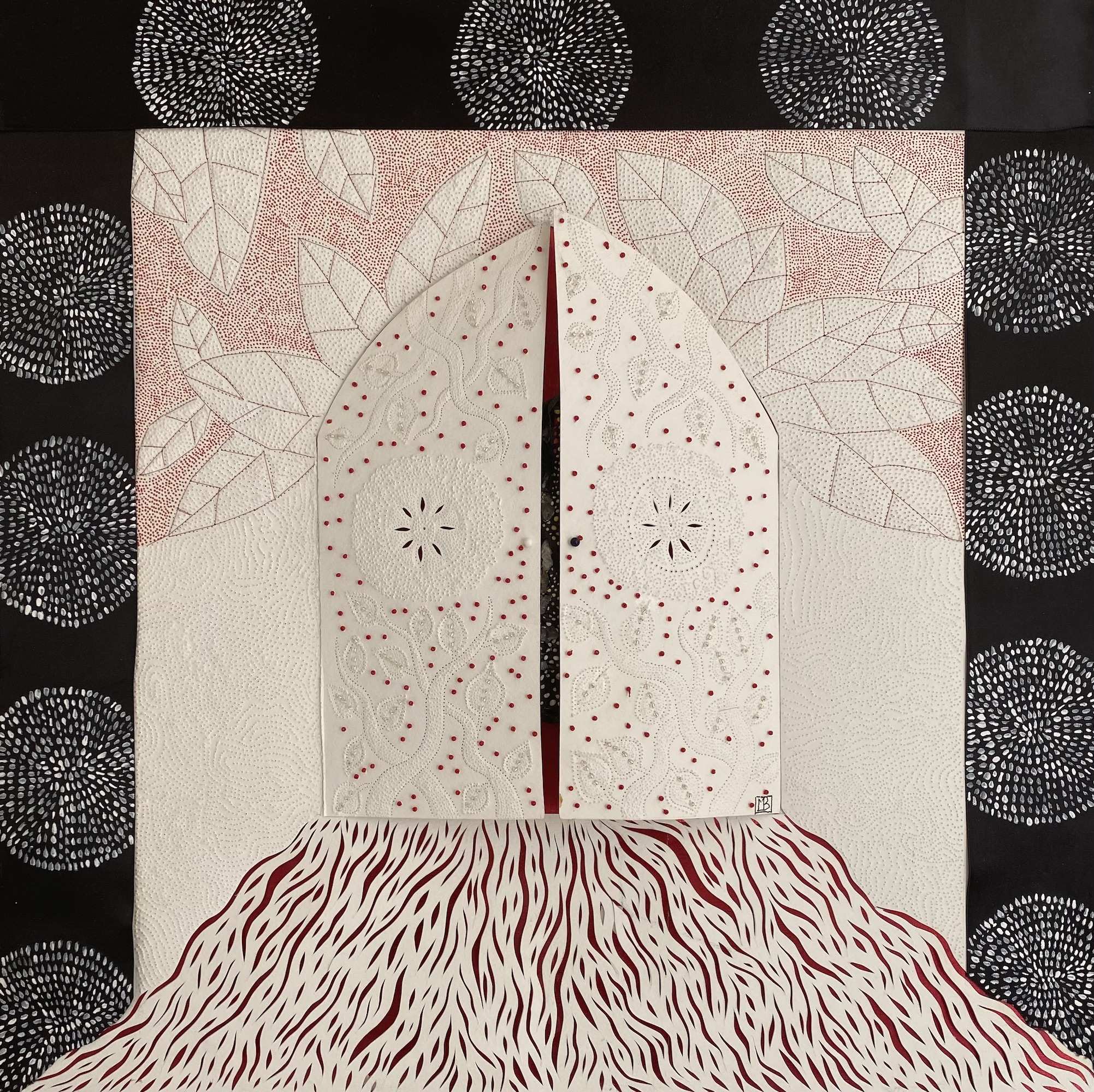 Unidentified Object
Unidentified Object
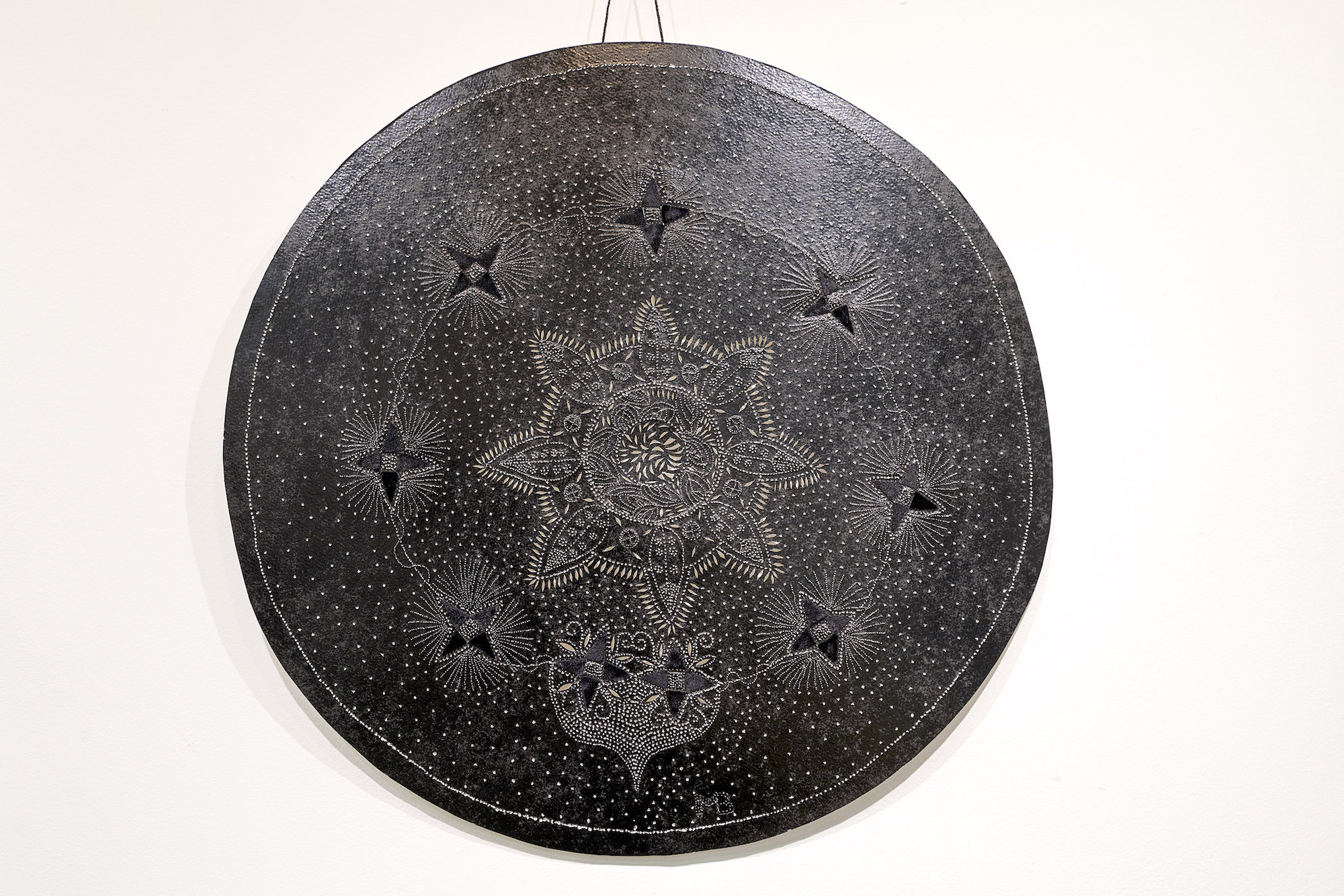
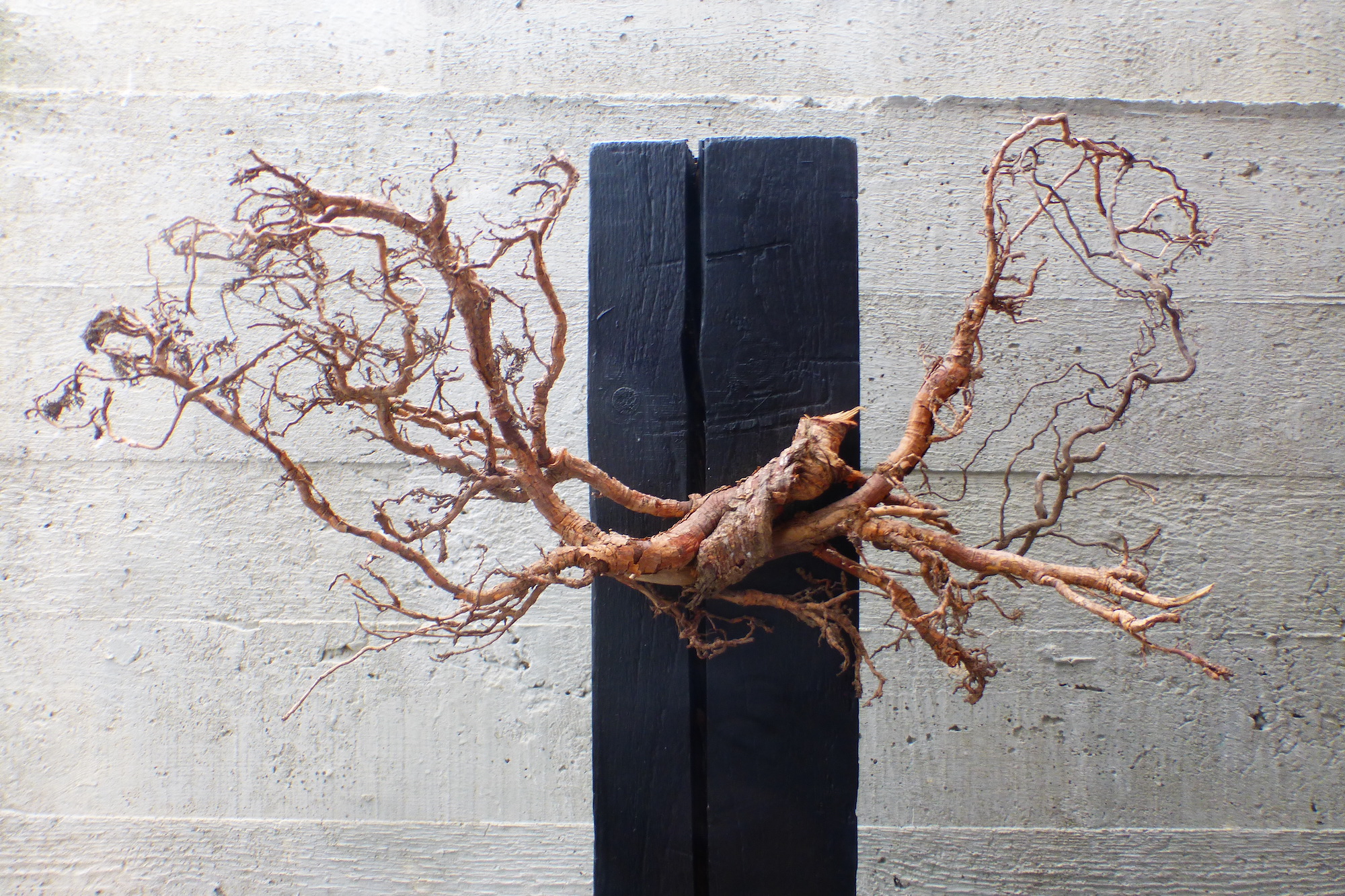 ROOTS & WINGS III
ROOTS & WINGS III
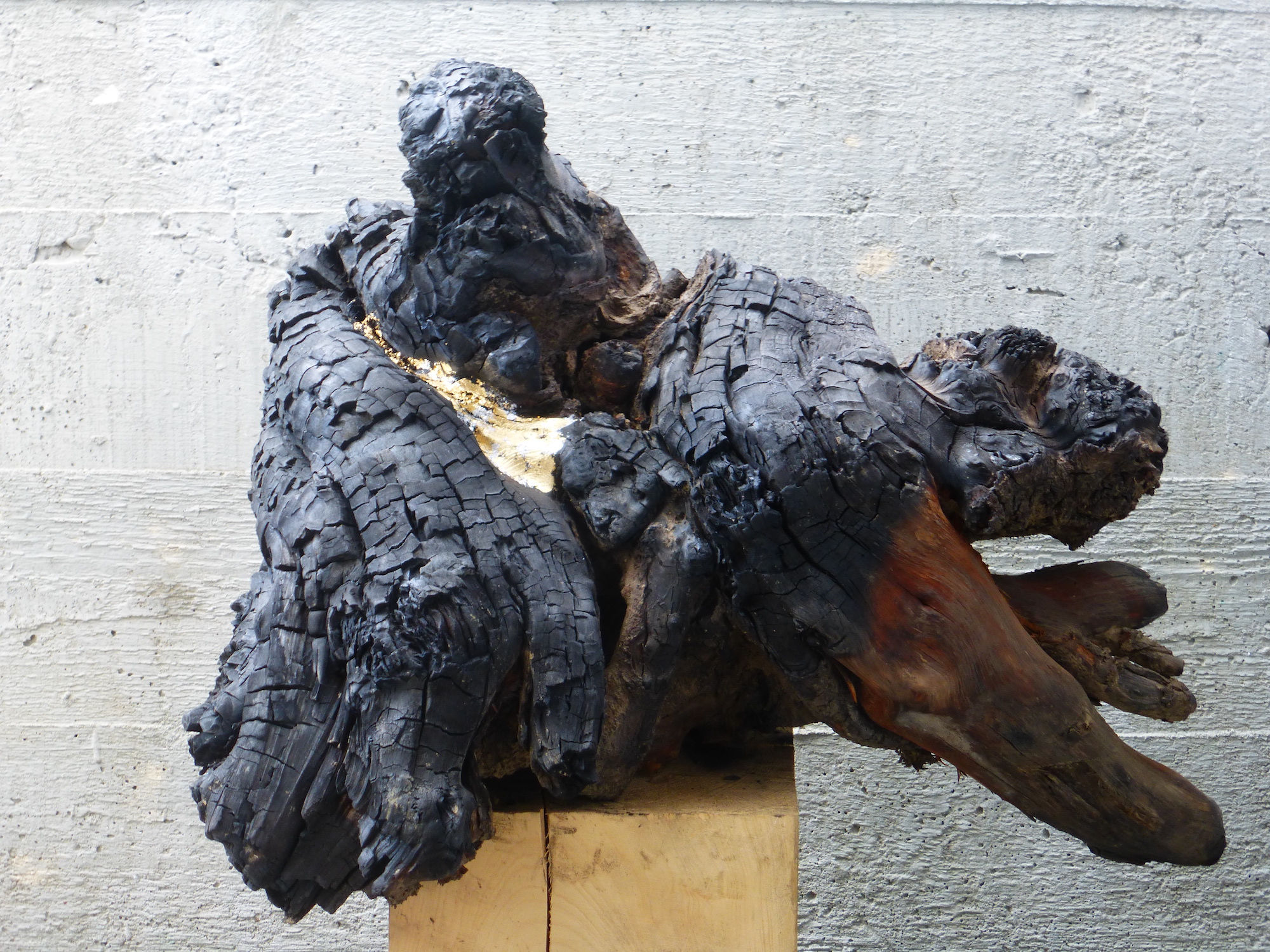 A LIFETIME BURNING IN EVERY MOMENT II
A LIFETIME BURNING IN EVERY MOMENT II